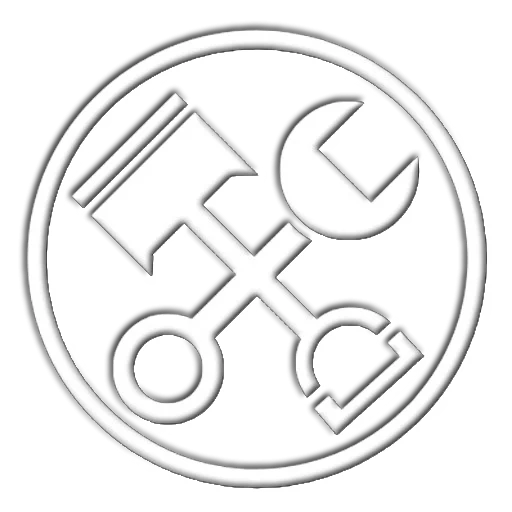
- In the Case of Used Parts
- In the Case of Rebuilt Parts
– Benefits and Drawbacks
1. In the Case of Used Parts
There are time-related costs and risks involved:
- The process of checking the condition and confirming availability may take several days before a purchase can be finalized.
To check the condition of a used part, it is necessary to contact vehicle dismantlers or sellers. It may take several days to receive a response, and arrangements may not proceed smoothly. - Availability-Dependent.
The availability of used parts depends on stock held by vehicle dismantlers or sellers. If the part is in stock, it can be arranged quickly.
However, if it is not readily available, sourcing it may take time. - Oil Drain May Be Required.
Some parts that use oil may retain a significant amount of oil inside. In such cases, the oil must be drained before shipment.
Why is oil draining necessary?
・If a part contains more liquid, such as oil, than the permitted amount, it may be restricted for international shipping.
・If oil leaks during packaging, there is a risk that it may damage other customers’ cargo within the consolidated shipment, which could lead to liability and compensation issues. - Risk of undisclosed defects after receipt.
Occasionally, parts received may have damages or defects that were not disclosed in advance.
Handling returns or exchanges can take time, and sourcing alternative parts may be necessary. - Risk of Rework After Installation.
If a defect is discovered after installation, removing and replacing the part again will require additional effort and time.
The cycle of “defect discovery → repurchase → reinstallation” involves significant time loss.
2. In the Case of Rebuilt Parts
Benefits and Drawbacks
Benefits
- Reduces Vehicle Downtime.
When overhauling existing parts before reuse, the process requires time and labor, which extends the repair duration.
However, by using pre-serviced rebuilt parts, you only need to replace the part, significantly reducing the vehicle’s downtime. - Lower Risk of Post-Installation Issues.
Rebuilt parts are disassembled, inspected, and have worn and consumable parts replaced based on internal inspection standards, ensuring consistent quality.
As a result, the likelihood of problems occurring after installation is lower than with used parts, helping to prevent time loss due to rework.
Drawbacks
- Dependent on Used Core Availability.
Rebuilt parts require used cores as the base material.
If a suitable core for a specific vehicle model is hard to obtain, lead times may be significantly extended. In some cases, the part cannot be provided at all due to a lack of available cores. - Lead Time Varies Based on Rebuilder’s Inventory.
Rebuilt parts are not always kept in stock. For certain parts, rebuilding begins only after the order is placed or a used core is received, so lead times may vary depending on the rebuilder’s inventory and workload.
